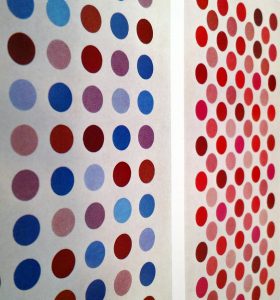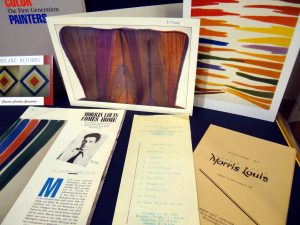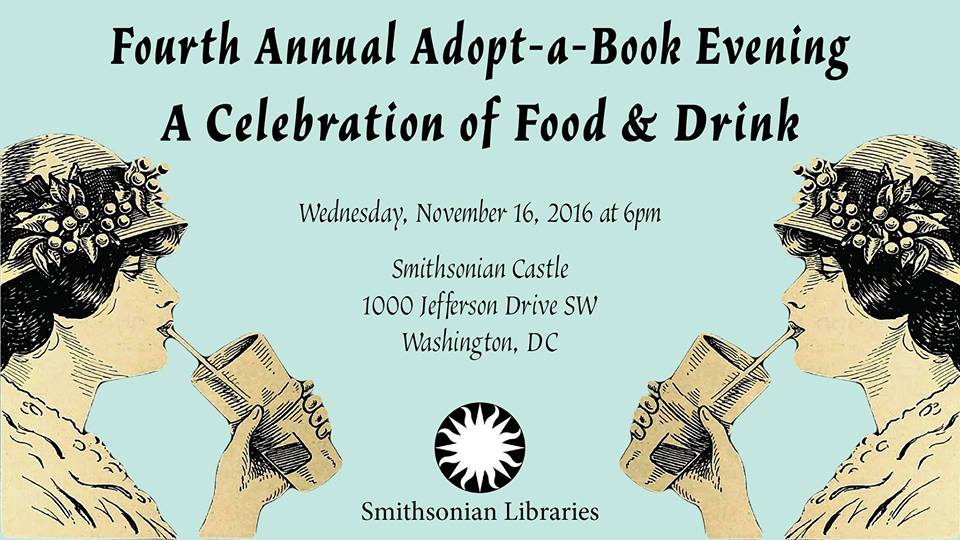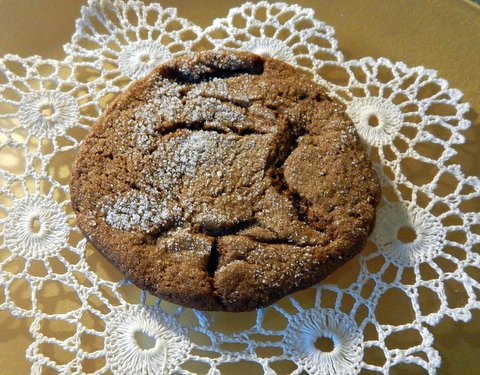An entry into this magical season can be gained through the Historia de gentibus septentrionalibus (History of the Northern Peoples) by Olaus Magnus, first published in Rome in 1555. It is a work greatly valued by Smithsonian curators and researchers and other scholars, since the author – a true Renaissance man – wrote down his geographical, anthropological and naturalistic observations of a land unknown to much of Europe of the time. In the present day, the book’s vivid descriptions and woodcut illustrations offer a wealth for modern study: early shipbuilding, fishing and whaling practices, meteorology, agriculture and mining techniques, warfare, daily occupations and religious practices of the Scandinavian peoples. It also provides wonderful images for what we have come to perceive as traditional for the winter holidays.
Category: Special Collections

In conjunction with the exhibition “Hard-edged, Bright Color: The Washington Color School” at the American Art and Portrait Gallery (AA/PG) Library, the blog will be exploring the group of color artists to accompany the exhibit running until late spring. We’ll be exploring three of the “first generation” Washington Color School artists: Thomas Downing, Howard Mehring, and Paul Reed.

Last February we welcomed Smithsonian Secretary David J. Skorton to the Joseph F. Cullman 3rd Library in the National Museum of Natural History. On behalf of his wife Dr. Robin Davisson and himself, the Secretary was on a mission to select books for conservation as part of the Libraries’ Adopt-a-Book Program. Lilla Vekerdy, head of special collections, and Leslie Overstreet, curator of natural history rare books, displayed special treasures dating back to the 16th century from our collection. While we may have enticed him with too many selections, the Secretary ultimately chose three books:

In conjunction with the exhibition “Hard-edged, Bright Color: The Washington Color School” at the American Art and Portrait Gallery (AA/PG) Library, the blog will be exploring the group of color artists to accompany the exhibit running until late spring. We’ll be exploring three of the “first generation” Washington Color School artists: Morris Louis, Kenneth Noland, and Gene Davis. You can read the first post in this series here.
The 1950s and 1960s saw the emergence of a new ‘School’ in the American capital, the Washington Color School. Experimenting with fields of bright colors achieved by applying thinned paint onto large canvases, these artists sought to enrapture a viewer without the use of narrative or symbolism.
On Wednesday, November 16th, the Smithsonian Libraries will once again hold its annual Adopt-a-Book Evening and you’re invited! Join us for food and merriment, all while supporting the Libraries’ collections. Visit the event page for additional details and to purchase your tickets.

Can’t make it to DC next week or just want a preview of the evening’s menu of books? Enjoy this “appetizer”, a mere sample of the 80+ items that will be on display during the event. Each has a unique place in culinary history and all will be available for adoption on November 16th. Learn more about our Adopt-a-Book program here.
Interested in culinary history and books? Join us on Wednesday, November 16th for our Annual Adopt-a-Book Evening, featuring a food and drink theme!
Slavery and freedom, the Revolutionary War, New England’s maritime culture and life, Colonial revivalism, trade, women’s role in the economy, the development of regional cuisines, the not-fully-explored history of African Americans in the North. More than just molasses, spices and rum, there is a heady mix of history in the Joe Frogger. Can all these ingredients of America’s past be found in a cookie?

With the Smithsonian American Art Museum’s upcoming exhibition, Gene Davis: Hot Beat, the American Art and Portrait Gallery (AA/PG) Library is hosting a complementary exhibition of ephemera showcasing a group known as the Washington Color Painters, or perhaps better recognized by their more dubious title, the Washington Color School.


